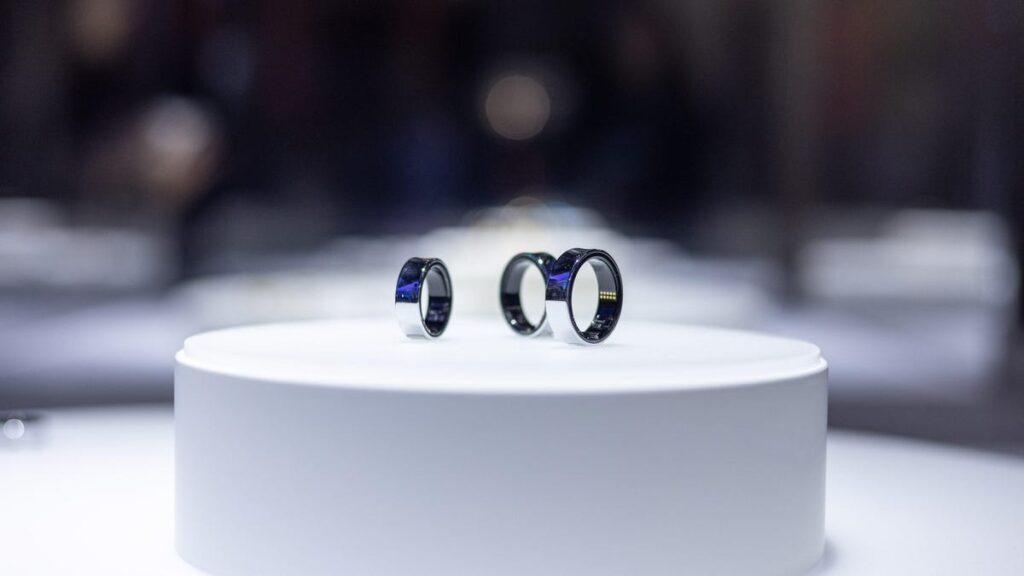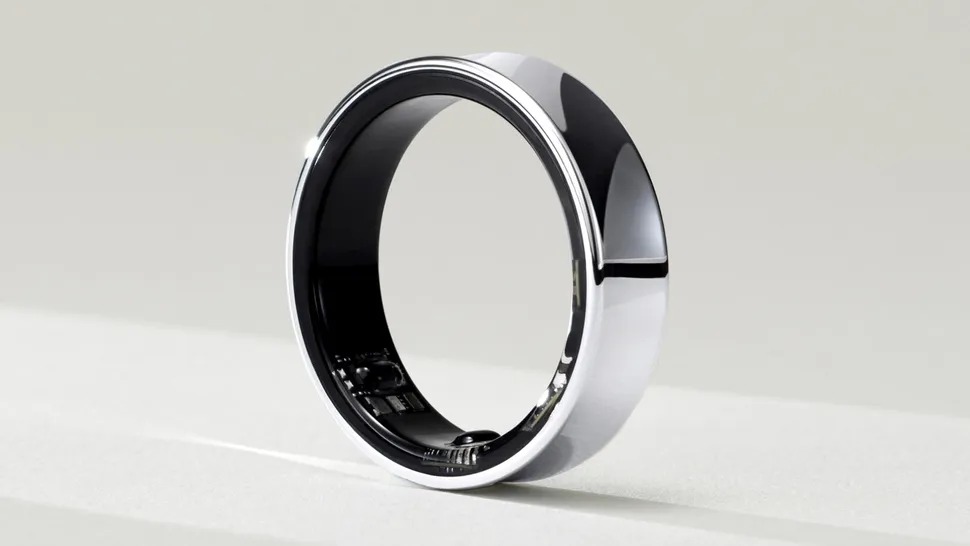Samsung’s recent foray into the smart ring wearables space – the Galaxy Ring – made headlines with an eye-popping 9 days maximum battery life figure. Amidst an increasingly crowded health tracker market, such a bold endurance claim certainly differentiates through meaningful utility for users frustrated by frequent charging cycles.
In this deep dive, we examine key factors enabling Samsung’s audacious battery estimates, practical real-world considerations tempering ideal maximums, and engineering choices balancing performance against efficiency underpinning the Galaxy Ring’s design.
Foundational Battery Optimizations
Before even exploring usage specifics, Samsung appears implementing foundational optimizations benefiting battery draw regardless of scenario through techniques like:
Advanced Chipset Selections
Opting for latest generation, highly efficient processors translates to tangibly lower power consumption executing common tasks like sleep tracking or heart rate monitoring without compromising speed.
Efficient Display Technology
Embracing cutting-edge microLED panels enables pixel level illumination control for drastically reduced always-on screen power waste compared to traditional LCDs or even OLEDs.
Streamlined Sensor Fusion
Intelligently coordinating between multiple tracking sensors like accelerometers, gyroscopes and optical heart rate monitors minimizes redundant sampling for greater efficiency collecting holistic data.
By optimizing fundamentals like silicon, displays and sensors before even considering software, Samsung establishes an energy sipping foundation primed for maximizing battery runtimes.

Usage Based Runtime Estimates
Of course, projected 9 day operational duration doesn’t apply universally to every Galaxy Ring owner. Understanding impacting variables paints a more nuanced picture:
Sleep Tracking Length
With sleep representing a key tracking selling point, nightly runtimes directly impact long term battery drain. Consistently averaging over 8 hours could reduce 9 day figures closer to weekly charging.
Continuous Heart Rate Monitoring
Leveraging the onboard optical sensor for 24/7 pulse measurements undoubtedly consumes more power than periodic on-demand spot checks. Sustained all day use likely requires more frequent top-offs.
Display Interaction Time
Despite efficient panel technology, screen-on durations responding to gesture prompts or message notifications inevitably factor into overall draw. Constant hourly glances compound quickly.
Based on individual behavior patterns and tracking configuration across these criteria, realistic Galaxy Ring stamina varies between roughly 5-7 days for heavier use cases to Samsung’s idealized 9 days with particularly frugal settings.
Battery Versus Functionality Tradeoffs
Consumers sometimes mistakenly assume staggering battery life claims necessitate losing features or performance. But Samsung appears deftly negotiating a balanced approach by:
Selective Capability Streamlining
Omitting battery hungry components like dedicated GPS receivers in favor of intelligently approximating location via motion sensors and phone tethering preserves functionality while avoiding penalties.
Embracing Power Efficient Protocols
Leveraging modern Bluetooth Low Energy instead of classic Bluetooth radios for phone syncing offers speed rivaling wired data transfers but sips power maintaining connections.
Adaptive Algorithm Optimizations
Continuously monitoring user behavior patterns and available sensor data enables predictively scaling logging granularity and processing intensity to dynamically conserve resources without compromising experience.
Through such calculated hardware and software design decisions, Samsung seemingly achieves industry leading efficiency metrics without diluting the Galaxy Ring’s overall value proposition or health tracking precision.
The Road Ahead for Wearable Batteries
With the Galaxy Ring throwing down an imposing battery life gauntlet, rival wearable makers face intensifying pressures to respond through what combination of chemistry improvements, silicon advancements and interaction model adjustments.
Perhaps emerging categories like smart jewelry or clothing integrating kinetic energy harvesting and wireless charging could supplement increasingly diminutive battery capacities in novel form factors. Regardless, Samsung’s Galaxy Ring introduces refreshing endurance possibilities suggesting days of uninterrupted health insights aren’t just aspirational but potentially inevitable.










Add Comment